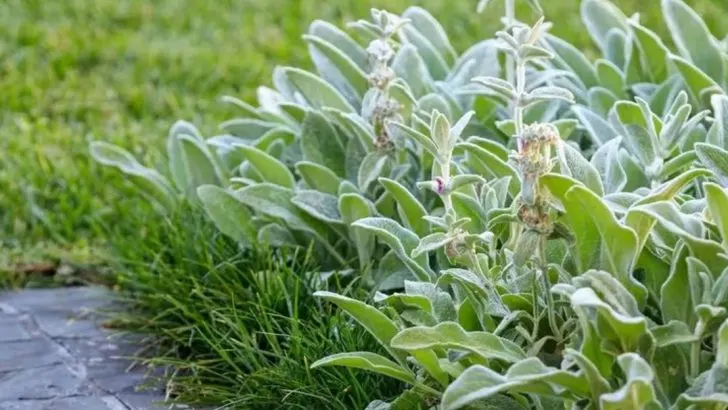Lawns are high-maintenance, thirsty, and often underwhelming. If you’re tired of mowing, watering, and fertilizing for a patch of green that gives little back, there’s a smarter option: perennials. These tough, beautiful plants offer everything grass doesn’t—and more.
From spreading groundcovers to low-growing blooms, these perennials create lush, living carpets that are better for pollinators, soil health, and your weekend schedule. They come back year after year, thrive with minimal care, and turn your yard into a vibrant, eco-friendly space.
In this article, we’ll show you 14 perennial alternatives that outperform grass in every way. Whether you want color, texture, or just less work, these plants will help you build a better lawn—without the lawn.
Creeping Thyme
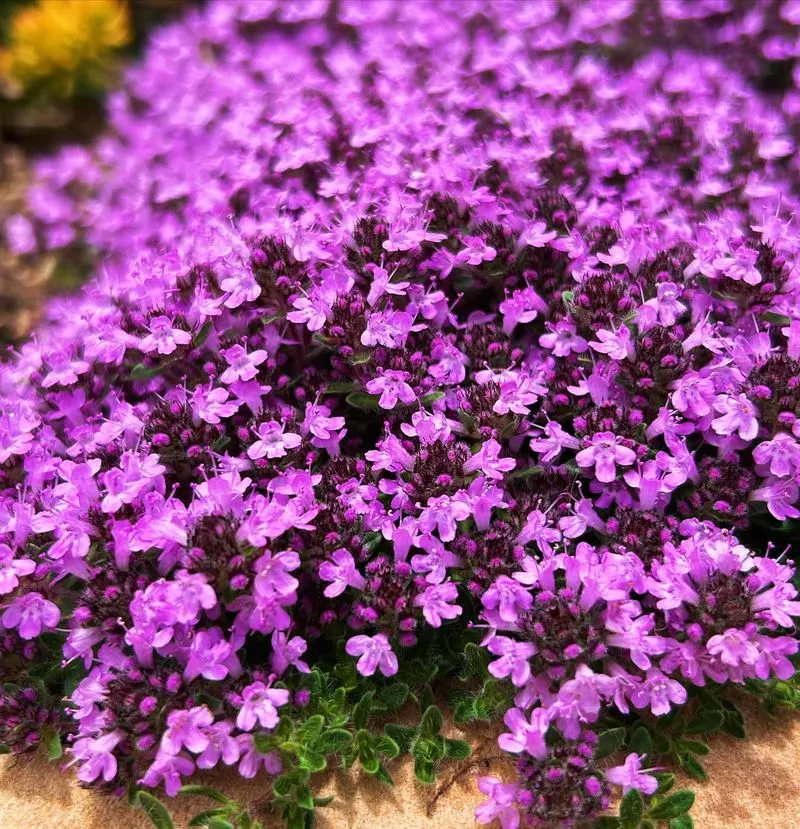
Creeping Thyme offers a stunning carpet-like ground cover that not only looks inviting but also releases a delightful fragrance when stepped on. This perennial is an excellent choice for those who enjoy a sensory experience right in their backyard. Notably drought-tolerant, it thrives in sunny spots where grass might struggle.
More than just a pretty face, Creeping Thyme is easy to maintain, requiring minimal watering once established. Its purple blooms attract bees and butterflies, adding a lively touch to any garden. A historical favorite in herbal medicine, it carries a legacy of both beauty and utility.
Sedum
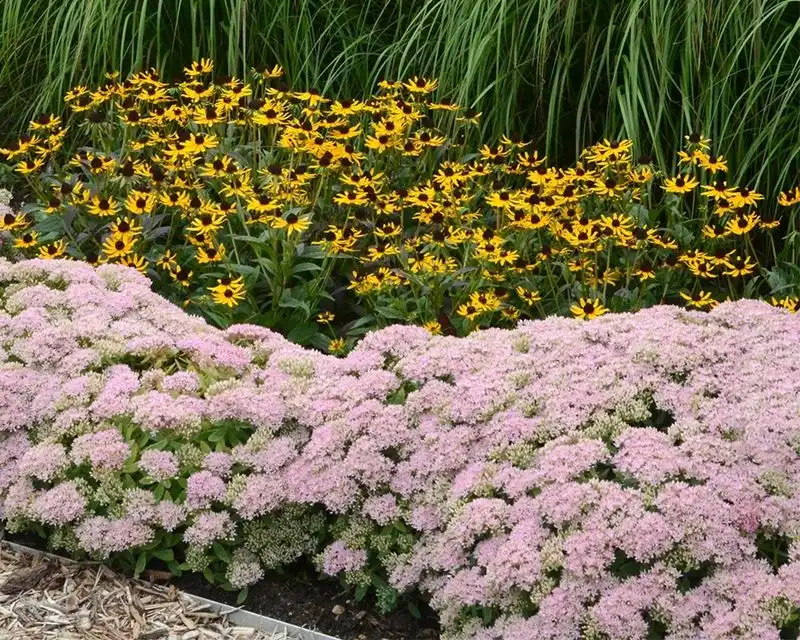
Sedum, with its succulent-like qualities, presents a robust option for garden enthusiasts seeking low-maintenance beauty. This perennial is perfect for rocky landscapes or areas with poor soil where other plants might fail. Its diversity in color and form provides endless creative possibilities.
Known for retaining moisture, Sedum requires infrequent watering, making it ideal for eco-conscious gardeners. The plant’s star-shaped flowers attract pollinators, enhancing biodiversity in the garden. Native to many parts of the world, Sedum has a storied history of resilience and adaptability, earning its place in gardens worldwide.
Irish Moss
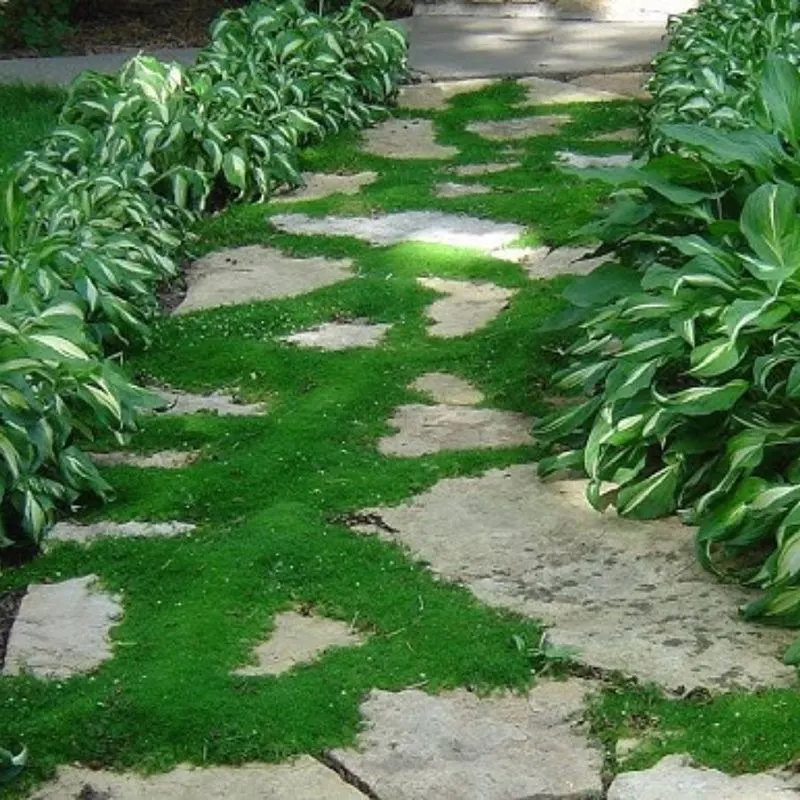
Irish Moss offers a serene, velvety green alternative to traditional grass. Ideal for shaded areas, it creates a soft ground cover that feels luxurious underfoot. Its tiny white flowers add a subtle charm, making it a favorite among those seeking elegance.
This perennial thrives in moist environments, requiring regular watering to maintain its lush appearance. Often seen in Japanese gardens, Irish Moss lends an exotic touch to any landscape. Its ability to fill gaps between paving stones effortlessly makes it a practical choice for walkways and patios.
Ajuga

Ajuga, also known as Bugleweed, is celebrated for its striking foliage and vibrant flower spikes. This perennial ground cover spreads quickly, creating a colorful tapestry in gardens. Its deep purple leaves remain visually appealing throughout the year.
Ideal for shaded areas, Ajuga requires minimal care, making it a favorite for busy gardeners. The plant’s fast-growing nature helps suppress weeds, reducing garden maintenance. Historically used in traditional medicine, Ajuga carries a rich cultural significance alongside its ornamental value.
Yarrow
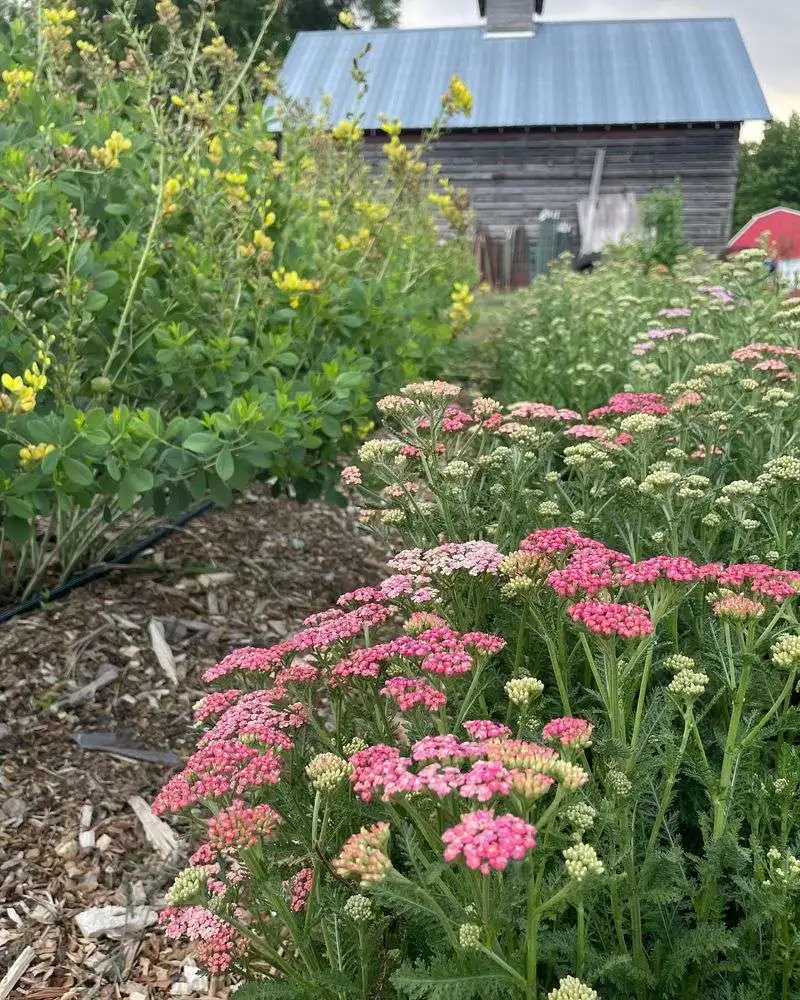
Yarrow brings a touch of wild beauty to gardens with its feathery foliage and clusters of cheerful flowers. This perennial is known for its hardiness, thriving in various climates and soil types. It’s an excellent choice for those looking to introduce rustic charm.
Not only is Yarrow drought-tolerant, but it also attracts beneficial insects, enhancing the garden’s ecosystem. With a history rooted in herbal medicine, it offers both aesthetic and practical benefits. Its robust nature makes it a staple in naturalistic garden designs.
Blue Star Creeper
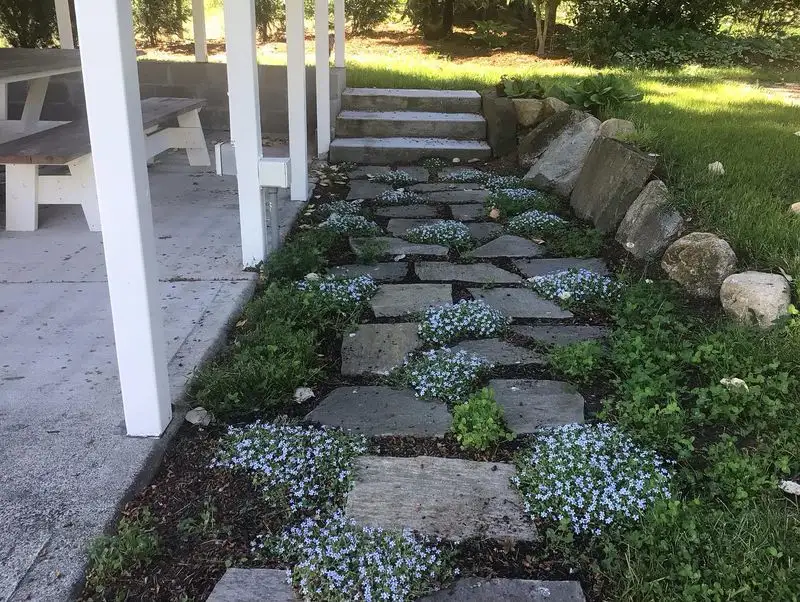
Blue Star Creeper charms with its dainty blue flowers that create a starry blanket over garden paths and borders. This perennial is perfect for those seeking a soft and inviting ground cover with a touch of whimsy.
Thriving in both sun and partial shade, Blue Star Creeper adapts to various garden settings. It’s low-growing nature makes it ideal for filling spaces between stepping stones. The plant’s subtle beauty and ease of care make it a delightful addition to any garden landscape.
Clover

Clover, often overlooked, offers a resilient and eco-friendly alternative to grass lawns. Known for its nitrogen-fixing ability, it enriches the soil, reducing the need for fertilizers. Its soft texture and charming flowers make it a practical yet beautiful choice.
Clover is drought-resistant and easy to maintain, requiring less mowing than traditional grass. It’s a favorite among those seeking a sustainable lawn option. Historically, clover has been associated with good luck, adding a whimsical touch to its practical benefits.
Liriope
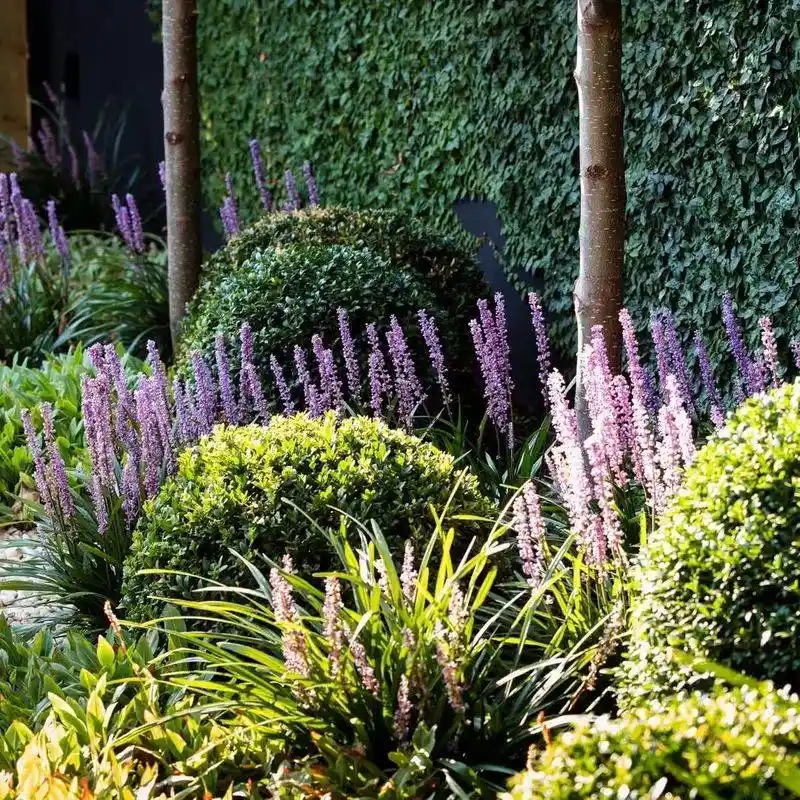
Liriope, often referred to as Lilyturf, brings a structured elegance to garden borders and pathways. Its dense tufts of grass-like leaves and vibrant purple flower spikes offer a striking contrast in any landscape.
This perennial thrives in both sunny and shaded areas, demonstrating exceptional adaptability. Liriope’s low-maintenance nature makes it a popular choice for busy gardeners seeking to add texture and color without the fuss. Its rich green foliage remains attractive year-round, contributing to its enduring appeal.
Sweet Woodruff
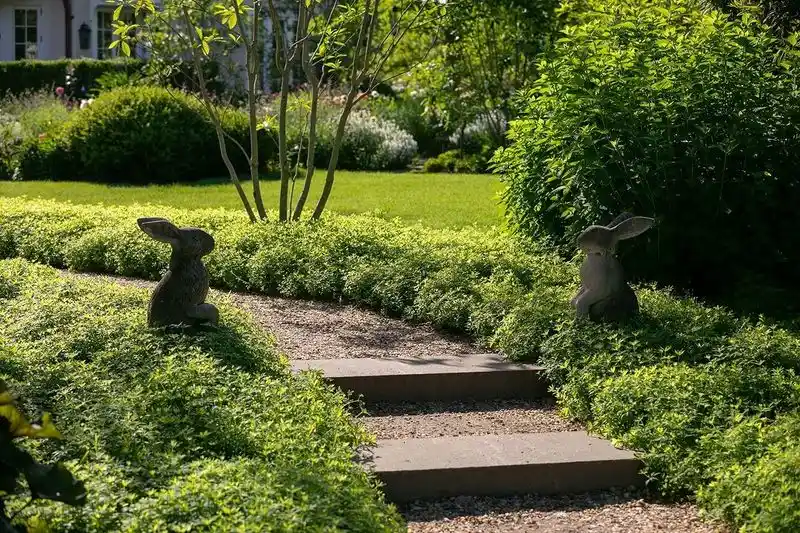
Sweet Woodruff enchants with its delicate, whorled leaves and fragrant white flowers. This perennial ground cover thrives in shaded areas, making it perfect for underplanting in woodland gardens.
Beyond its beauty, Sweet Woodruff is known for its sweet scent, often used in potpourri and sachets. It’s a charming choice for those looking to add a sensory element to their garden. Historically used for its medicinal properties, this plant carries a rich heritage of utility and grace.
Lamb’s Ear

Lamb’s Ear captivates with its soft, woolly leaves that invite touch. This perennial adds a unique texture to gardens, making it a favorite among tactile gardeners. Its low-growing nature and silvery hue provide a striking contrast to more vivid plants.
Thriving in sunny spots, Lamb’s Ear is drought-tolerant, requiring minimal care once established. The plant’s velvety leaves have been used historically in folk remedies, adding an intriguing aspect to its ornamental charm. Ideal for borders, it complements various garden styles beautifully.
Corsican Mint

Corsican Mint offers a refreshing twist to traditional ground covers with its minty fragrance and tiny green leaves. This perennial is perfect for those who delight in aromatic plants that engage the senses.
Though delicate in appearance, Corsican Mint is surprisingly resilient, thriving in moist, shaded areas. Its small purple flowers add a pop of color amidst greenery, enhancing its visual appeal. Historically, it has been used in culinary applications, offering both aesthetic and practical benefits.
Mazus
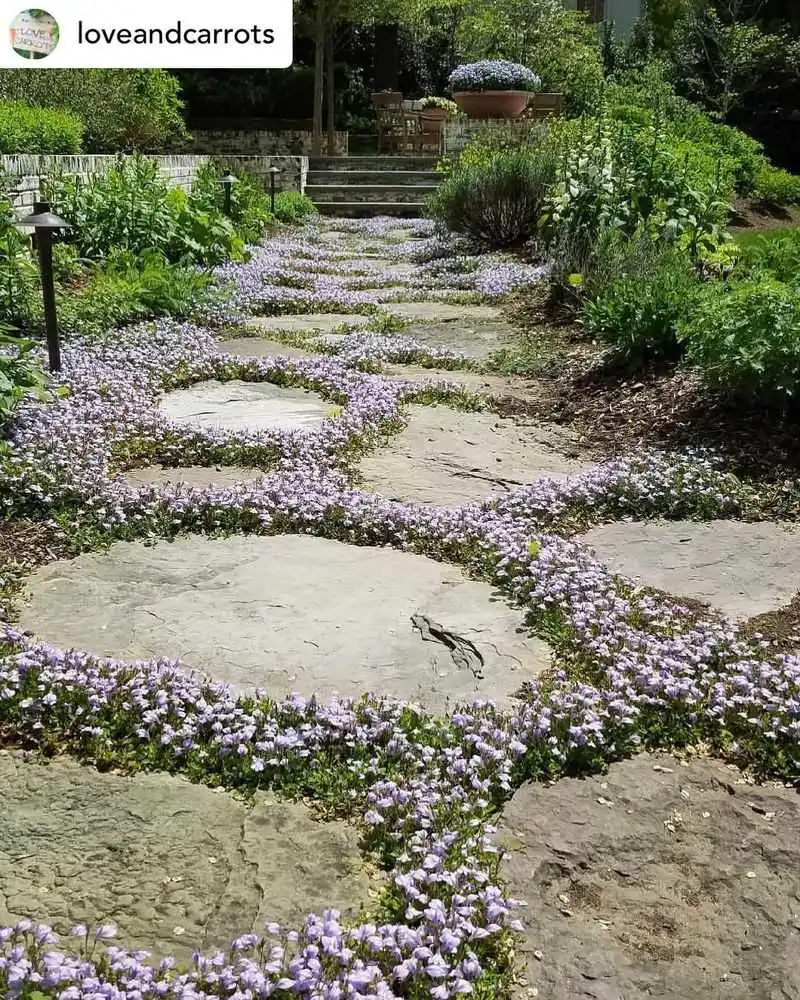
Mazus dazzles with its vibrant, low-growing carpet of purple and white flowers. This perennial is a brilliant option for those seeking to create a colorful, living tapestry in their garden spaces.
Adapting well to various light conditions, Mazus is versatile, thriving in both sun and partial shade. The plant’s rapid spread covers ground quickly, making it an efficient option for filling bare patches. Its ease of care and cheerful blooms make it a delightful choice for gardeners looking to add a splash of color.
Bugleweed
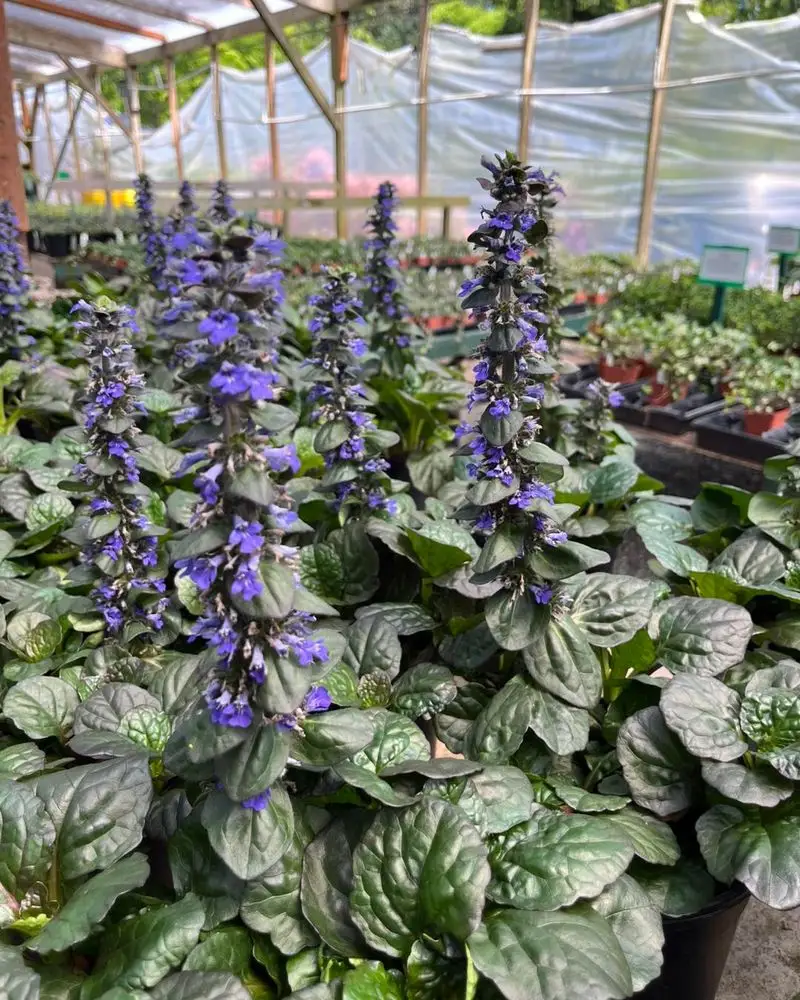
Bugleweed, with its lush foliage and striking blue flower spikes, offers a vibrant alternative to traditional lawns. This perennial thrives in shaded areas, providing a colorful ground cover that is both hardy and beautiful.
Requiring minimal maintenance, Bugleweed spreads easily, suppressing weeds and enhancing garden aesthetics. Its historical use in herbal remedies adds an intriguing layer to its appeal. Ideal for those seeking a low-effort, high-impact plant, it complements various landscape styles.
Feverfew
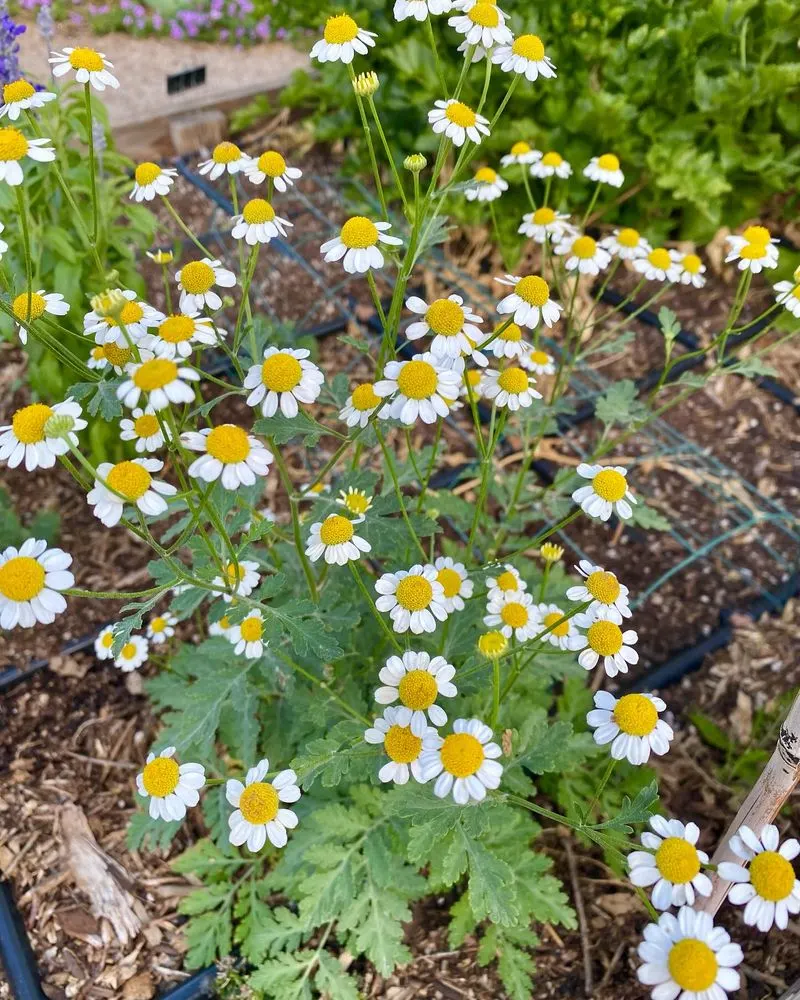
Feverfew delights with its dainty white flowers and feathery, aromatic foliage. This perennial is a wonderful choice for those seeking an easy-care plant that offers both visual and fragrant appeal.
Thriving in sunny environments, Feverfew is drought-resistant once established, making it suitable for water-wise gardens. Historically celebrated for its medicinal qualities, it brings a touch of historical charm to modern landscapes. Its bright blooms and resilience make it a standout choice for garden enthusiasts.

